The hour-long event launches “Our Shared Future: Reckoning with our Racial Past,” an ambitious multiyear program that is fully funded by a $25 million grant from Bank of America that will tap into the vast expertise of the Smithsonian to examine the history and legacy of race through conversations, community events and digital content. The Smithsonian created the program last summer, in the wake of social justice protests held in communities across the country. Many museums and cultural organizations responded to the calls for racial justice and equity by presenting more diverse artists, and are revising their collection policies to be more inclusive. The Smithsonian decided to harness its diverse network of museums and experts to foster a national conversation.
The goal, said Smithsonian Secretary Lonnie G. Bunch III, is nothing short of creating a better America.
“We want to contribute to making the county better,” Bunch said about the project. “The goal is to find that shared future. The only way to do that is to engage and to debate.
“I really believe that part of the role of the Smithsonian is to define reality and give hope,” he continued. “Giving people the reality — here’s the information, here’s a way to contextualize the moment we are in — you can’t build optimism unless you face the reality of the past, the reality of today. But once you do that you can find ways to find common ground.”
Thursday’s inaugural event, beginning at 7 p.m., will feature three discussions of race, wealth and wellness. Among those expected to participate are Bunch; Damion L. Thomas, curator of sports at the National Museum of African American History and Culture; Louise Seamster, an assistant professor of sociology at the University of Iowa who studies race and economic inequality; Sean Sweat, a medical student who rewrote the Hippocratic oath to reflect racial injustice; and Diana Chao, who was in high school when she founded Letters to Strangers, a nonprofit focused on increased access to mental health services and treatment for young people.


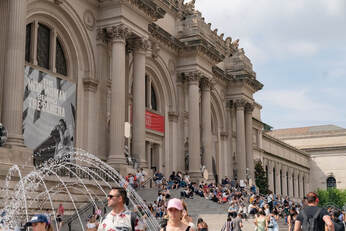

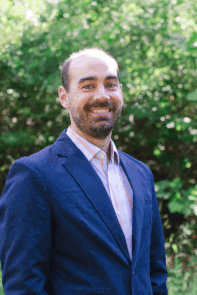
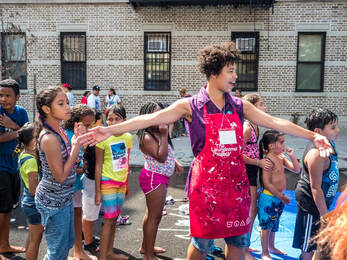
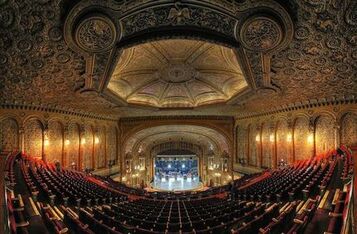
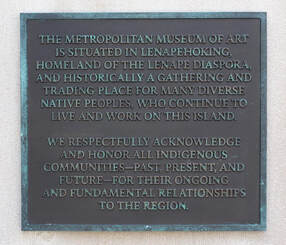
 RSS Feed
RSS Feed